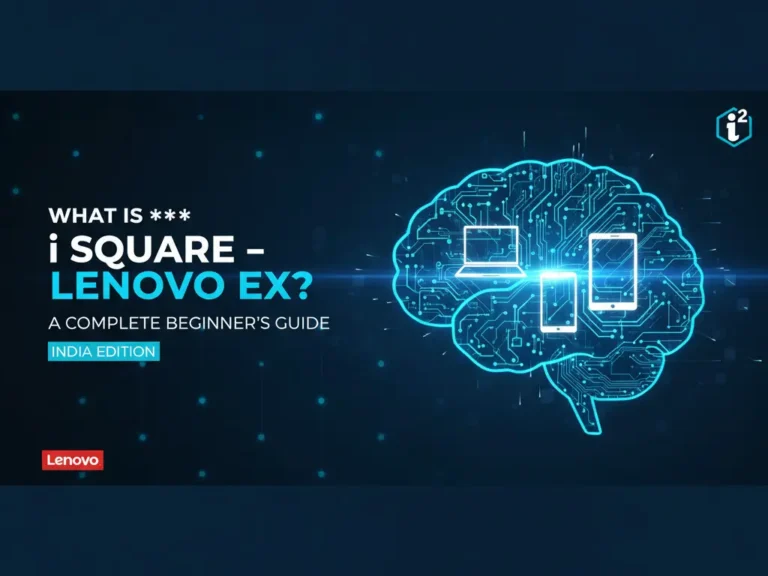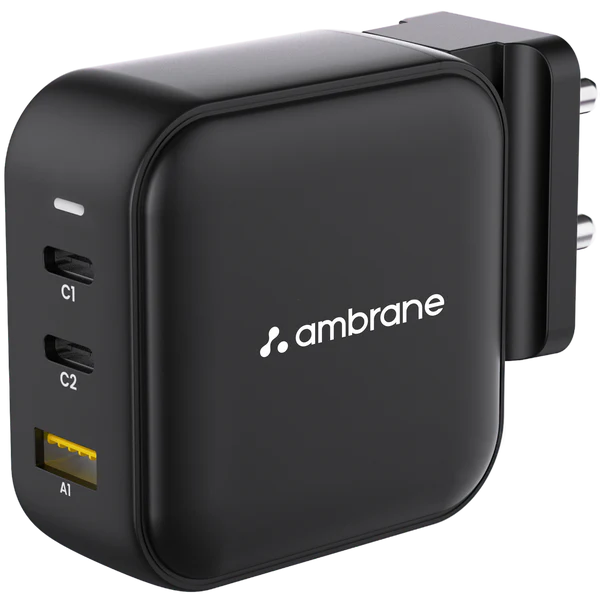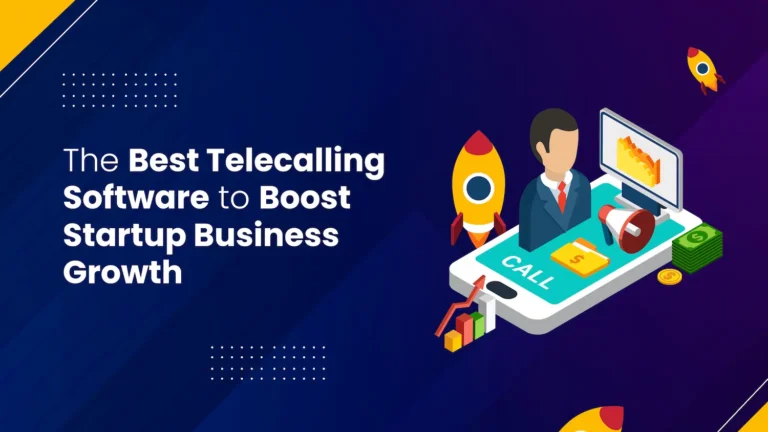You’ve seen it happen.
A client walks in, and three different staff members ask for the same background info. Their housing history? Collected—again. Their health needs? Misfiled. Their last contact with a caseworker? No one’s quite sure.
And just like that, the client who finally reached out for support is stuck repeating their story. Again.
It’s not your staff’s fault. It’s your tools. And this is why human services case management software built for client-centric care isn’t just helpful—it’s essential.
Let’s unpack what makes a platform truly client-centered—and why it matters more than ever.
Whole-Person Records, Not Just Data Points
Every client is more than a name and a service date.
A client-centered platform captures the entire story:
- Intake notes
- Assessments across domains
- Service plans with custom goals
- Progress over time
- Relationships with family, providers, and programs
Modern human services case management software allows staff to build layered, living profiles that reflect the full scope of a person’s needs, not just the part that fits one program’s box.
Because human beings don’t come in silos—and neither should their care records.
Configurable to Fit the Client, Not Force the Client to Fit It
One of the biggest red flags in a case management system? When you’re constantly thinking, “Well, we can’t track that here… so we’ll just make a note somewhere else.”
Yikes.
Client-centered care requires flexibility. Systems should let you:
- Customize fields by program or population
- Track goals and outcomes that actually reflect client realities
- Adjust workflows for culturally responsive or trauma-informed care
- Document multiple touchpoints across agencies, not just one
Cookie-cutter templates don’t cut it when you’re dealing with complex, intersectional needs. The system should flex, not force.
Access Where and When It’s Needed
Clients don’t just exist in offices. They live in homes, shelters, community centers, hospitals, schools.
Your staff? They need tools that can follow them there.
The right human services case management software includes:
- Mobile-friendly interfaces
- Offline data capture with sync
- Instant access to care plans and case notes
- Secure communication tools for real-time updates
That kind of access doesn’t just make life easier for staff—it means clients get consistent care, no matter where they show up.
Relationship Mapping That Reflects Real Lives
One of the most overlooked elements of client care? Context.
Who’s part of their household? Which agencies are involved? Who else needs to be looped in?
Modern systems should support:
- Household and family linking
- Referrals and shared case notes with partner agencies
- Alerts for overlapping services or gaps
- Coordination tools across teams
Because truly client-centric care doesn’t stop at the individual—it takes into account the network around them.
Outcomes That Reflect Progress, Not Just Activity
Client success doesn’t always look like a closed case.
It looks like stability. Like decreased risk. Like incremental, meaningful change over time.
Your system should let you define and track outcomes that actually matter—whether that’s:
- Increased school attendance
- Improved housing stability
- Reduced ER visits
- Higher client satisfaction
Reporting isn’t just for funders. It’s for refining care, celebrating wins, and staying accountable to the people you serve.
Final Word: A System Built for People, Not Just Paperwork
Client-centered care starts with human-centered tools.
The right human services case management software doesn’t just digitize your processes—it transforms them to reflect the real work of supporting people through change, challenge, and complexity.
Because your clients are whole people—and your system should treat them that way.

This article has been written by the AB Mantra Team, a group of passionate writers and researchers covering topics across fashion, travel, finance, health, education, technology, lifestyle and business. Our goal is to share accurate, easy-to-understand, and helpful information that adds real value to readers. Each piece is carefully reviewed to maintain clarity, reliability and trust.




